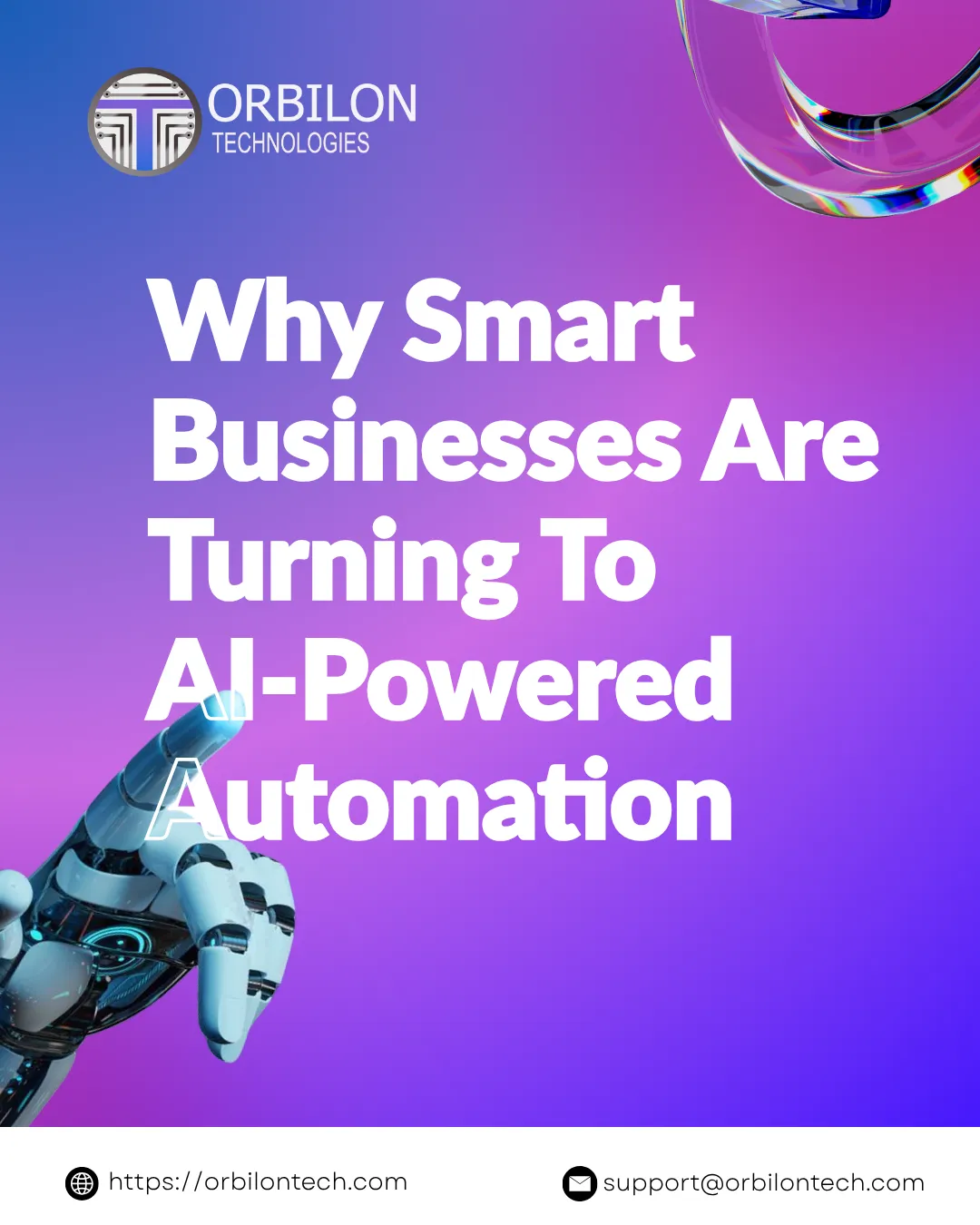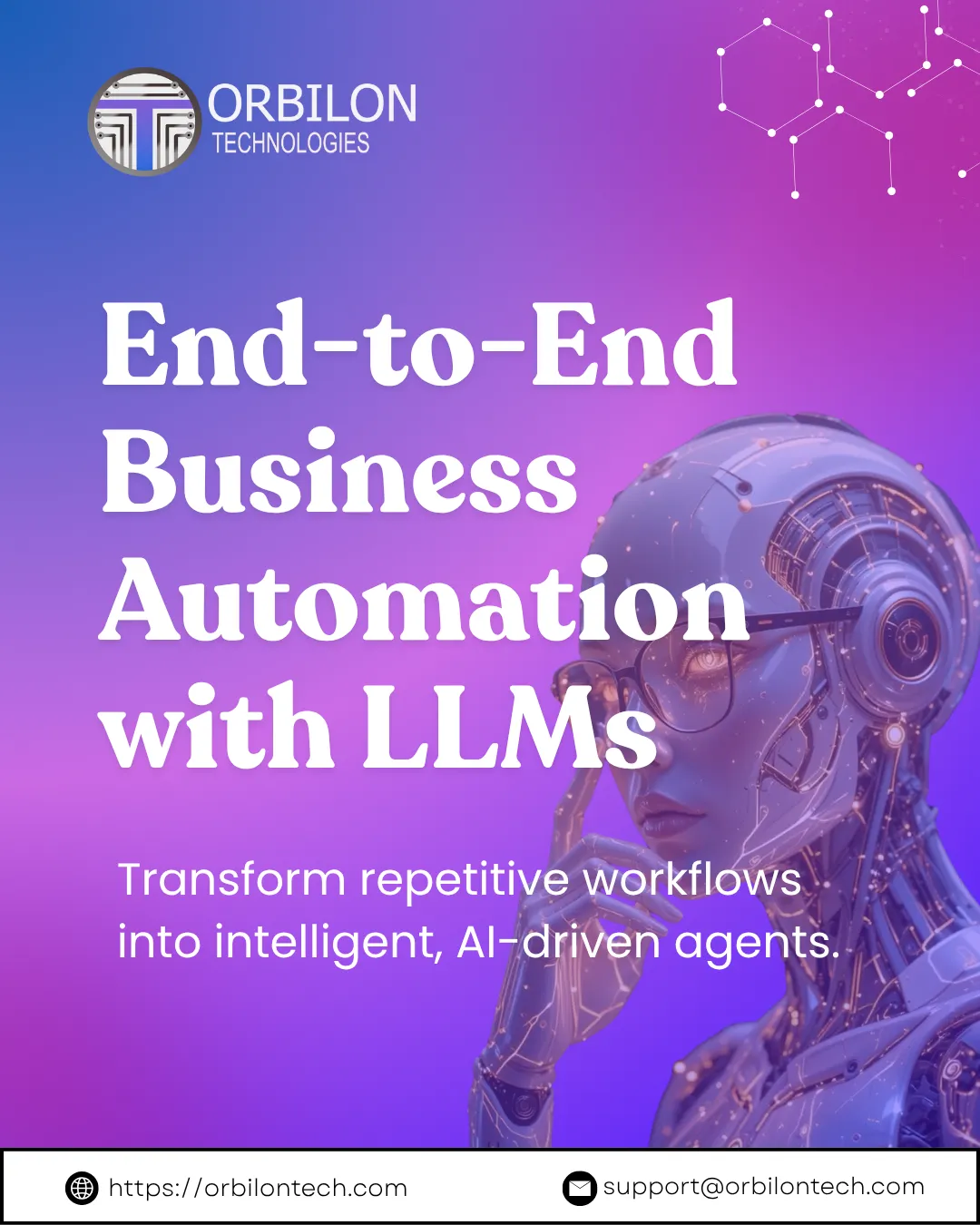The Hidden Cost of Manual Workflows: Why Smart Businesses Are Turning to AI Powered Automation
Every hour your team spends copying data between systems, manually updating spreadsheets, or routing information from one platform to another is an hour not spent on growth, innovation, or serving customers. In most businesses, these manual workflows aren’t just inefficient—they’re silently draining profitability. The good news? Modern AI-powered automation has evolved far beyond simple if-this-then-that rules. Today’s Businesses are implementing sophisticated integrations that connect their entire tech stack, eliminate human error, and unlock capabilities that seemed impossible just a few years ago.
The Real Cost of Disconnected Systems
Most growing businesses use anywhere from 10 to 30 different software tools. CRM systems like Salesforce or HubSpot. E-commerce platforms like Shopify. Communication tools, project management software, accounting systems—the list goes on.
When these systems don’t talk to each other, the consequences compound:
- Lost productivity: Your team wastes valuable time on data entry, copying information from one system to another, and reconciling discrepancies between platforms.
- Increased errors: Manual data transfer inevitably leads to mistakes. A typo in a customer email, an incorrect inventory count, or a missed follow-up can damage customer relationships and cost revenue.
- Delayed decision-making: When data is scattered across disconnected systems, getting a clear picture of your business requires manual reporting, slowing down strategic decisions.
- Scalability barriers: As your business grows, manual processes that worked with 100 customers become impossible with 1,000. Without automation, growth creates chaos.
The Evolution of Business Automation
The automation landscape has transformed dramatically. Early solutions offered basic triggers and actions—if someone fills out a form, add them to a spreadsheet. Today’s automation ecosystem is far more sophisticated.
- Custom API integrations allow businesses to connect any two systems, regardless of whether they offer native integrations. Whether you’re working with SOAP APIs, REST APIs, or GraphQL, custom connectors ensure data flows seamlessly between platforms.
- No-code and low-code platforms like n8n, Zapier, and Make.com have democratized automation, making sophisticated workflows accessible to businesses without extensive technical teams. These platforms can handle complex logic, conditional branching, and multi-step processes.
- AI-powered agents represent the cutting edge of automation. From AI agents that handle outbound sales calls to intelligent systems that analyze customer interactions and trigger appropriate workflows, AI is making automation smarter and more adaptive.
Real-World Automation Scenarios
Let’s look at how businesses are leveraging these technologies today:
- E-commerce operations: When a customer places an order in Shopify, automated workflows can update inventory in your ERP system, create a fulfillment ticket, send customer communication, update financial records in your accounting software, and trigger reorder workflows when stock runs low—all without human intervention.
- Sales and marketing alignment: When a lead reaches a specific score in HubSpot, automation can create a task in Salesforce for the sales team, add the lead to a targeted email sequence, update a Google Sheet dashboard for leadership visibility, and schedule a follow-up call through calendar integration.
- Customer support excellence: Support tickets from your helpdesk can automatically create records in your CRM, pull relevant customer data from multiple systems, notify the appropriate team members via Slack, and update knowledge bases based on resolution patterns.
- Intelligent outbound sales: AI-powered agents can handle initial outreach calls, qualify leads based on conversation dynamics, schedule follow-ups with human sales reps for qualified prospects, and update your CRM with detailed notes—all while maintaining a natural, conversational tone that prospects appreciate.
Choosing Between Platforms and Custom Solutions
Many businesses wonder whether they should use automation platforms like Zapier and Make.com or invest in custom integrations. The answer depends on your specific needs:
Automation platforms excel when:
- You’re connecting popular applications with existing connectors
- Your workflows are relatively straightforward
- You want to implement quickly with minimal technical resources
- You need flexibility to modify workflows frequently
Custom integrations make sense when:
- You’re working with proprietary or legacy systems
- You need complex business logic that platforms can’t support
- Performance and scalability are critical
- You want complete control over security and data handling
- You’re building a competitive advantage that requires unique workflows
The most effective approach often combines both: using platforms for standard workflows while building custom integrations for your unique business requirements.
Getting Started with Business Automation
If you’re ready to explore automation for your business, here’s a practical approach:
- Start with pain point mapping: Identify the manual processes that cause the most frustration, errors, or time consumption. These are your best automation candidates.
- Audit your tech stack: Document all the systems your team uses and understand how data currently flows (or should flow) between them.
- Prioritize based on impact: Focus first on automations that will deliver the biggest ROI—whether that’s time savings, error reduction, or revenue impact.
- Think beyond simple triggers: Modern automation can handle complex scenarios. Don’t limit yourself to basic if-then thinking—consider multi-step workflows, conditional logic, and AI-powered decision-making.
- Plan for scalability: Build automations that will grow with your business. What works for 100 transactions per month should work for 10,000.
Moving Forward
Business automation isn’t a luxury reserved for enterprise companies with massive IT budgets. Today’s tools and expertise make sophisticated automation accessible to businesses of all sizes.
Whether you’re looking to connect Shopify to your accounting system, automate lead routing between marketing and sales, implement AI agents for customer outreach, or build complex workflows across your entire tech stack, the technology exists to make it happen.
The question isn’t whether automation will transform your business—it’s whether you’ll lead that transformation or watch competitors pull ahead.
About Orbilon Technologies
We specialize in AI-powered business automation, helping companies streamline operations through custom integrations, workflow automation, and intelligent agents.
From connecting systems like Shopify, Salesforce, and HubSpot to building AI-powered outbound calling solutions, we turn disconnected tools into cohesive, efficient systems.
Ready to explore what automation can do for your business? Let’s talk.
Want to Hire Us?
Are you ready to turn your ideas into a reality? Hire Orbilon Technologies today and start working right away with qualified resources. We will take care of everything from design, development, security, quality assurance and deployment. We are just a click away.



